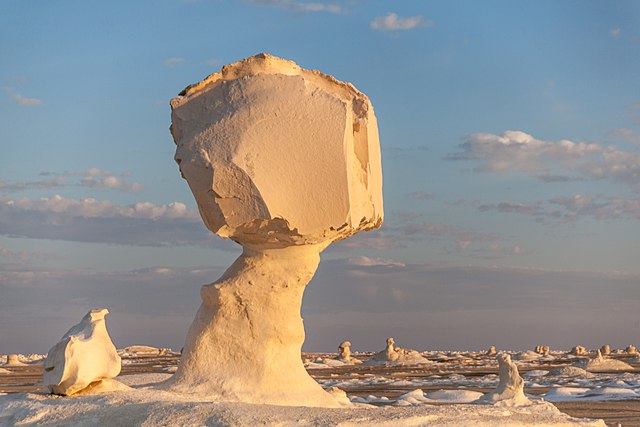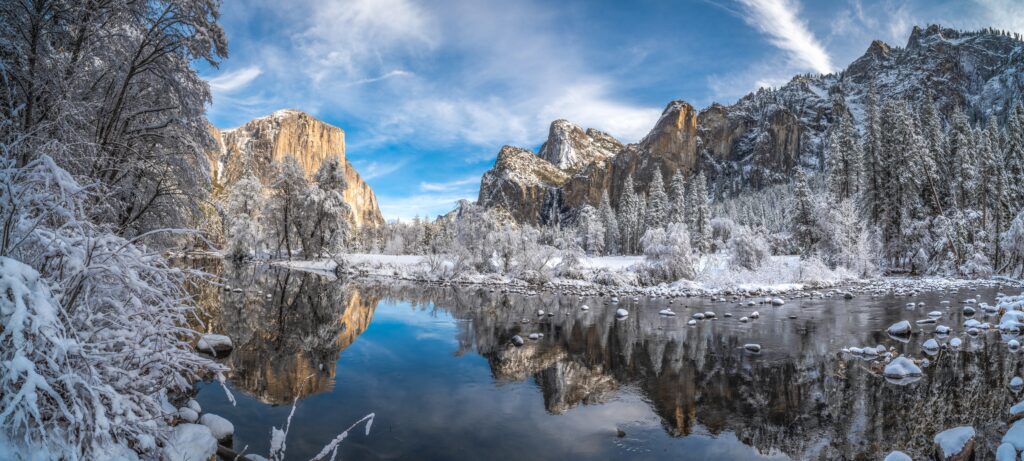
Nestled in the heart of India’s Kutch district in Gujarat, the White Desert National Park, also known as Rann of Kutch, is a mesmerizing expanse that offers a unique blend of stunning landscapes, rich cultural heritage, and diverse wildlife. This remarkable destination is renowned for its vast salt flats, especially during the winter months when the salt crystals glisten under the sun, creating an otherworldly experience that attracts travelers and adventurers from around the globe.
In this comprehensive guide, we’ll explore the history, geography, biodiversity, activities, and cultural significance of White Desert National Park, making it a must-visit destination for nature lovers and explorers alike.
A Glimpse into the Geography
The Rann of Kutch
The White Desert is part of the Rann of Kutch, a seasonal salt marsh that spans over 7,500 square kilometers. The region is characterized by its arid climate and stark white salt flats that stretch as far as the eye can see. The best time to visit is between November and March when the weather is pleasant, and the salt marsh is accessible.
The landscape of the White Desert is fascinating, with salt flats that appear to be blanketed in snow under the sun’s rays. The phenomenon occurs due to the evaporation of water from the marshy land, leaving behind a thick crust of salt. This unique environment is a result of the monsoon rains that transform the region, making it a dynamic ecosystem.
Geological Formation
The formation of the Rann of Kutch is a result of tectonic activity and geological processes over millions of years. The region was once submerged under the Arabian Sea, and tectonic shifts caused the land to rise, creating this unique salt desert. The interplay of climate, geography, and topography has led to the creation of a habitat that supports a variety of flora and fauna.
Biodiversity in the White Desert
Flora
Despite its harsh environment, the White Desert National Park is home to a surprising variety of plant life. The vegetation predominantly consists of salt-tolerant plants known as halophytes. Common species include:
- Prosopis juliflora: Also known as mesquite, this tree is known for its resilience in arid conditions.
- Acacia spp.: Various species of acacia thrive in the region, providing crucial habitats for wildlife.
- Salicornia: This succulent plant is often found in saline environments, showcasing remarkable adaptations to survive.
Fauna
The fauna of White Desert is equally diverse. The region supports a range of wildlife species, some of which are endemic to the area:
- Indian Wild Ass: The sanctuary is home to the endangered Indian wild ass, also known as the khur. These animals are adapted to the harsh conditions of the desert and can travel long distances in search of food and water.
- Birds: The Rann of Kutch is a haven for birdwatchers, with over 200 species of birds documented. Migratory birds flock to the area during the winter months, including flamingos, pelicans, and various waterfowl.
- Reptiles and Insects: The diverse habitats also support various reptiles and insects, contributing to the ecological balance of the region.
Conservation Efforts
Given its unique biodiversity, the White Desert National Park is designated as a protected area to conserve its wildlife and habitats. Various conservation initiatives focus on protecting the Indian wild ass population and promoting sustainable tourism to minimize human impact on the environment.
Cultural Significance
The People of Kutch
The Kutch region is home to a diverse array of ethnic communities, each contributing to the rich cultural tapestry of the area. The local tribes, including the Rabari, Koli, and Bajanis, are known for their vibrant traditions, handicrafts, and folk music. The craftsmanship in textiles, embroidery, and pottery showcases the artistic talents of the local artisans.
Festivals and Celebrations
One of the most significant events in the region is the Rann Utsav, a cultural festival held annually from November to February. This festival celebrates the rich heritage of Kutch and features folk performances, traditional music, dance, and local cuisine. Visitors can enjoy the festivities while experiencing the breathtaking beauty of the White Desert.
Historical Landmarks
The region is steeped in history, with ancient ruins and forts dotting the landscape. Key historical sites include:
- Kutch Museum: Located in Bhuj, this museum showcases the history, culture, and crafts of Kutch.
- Aina Mahal: A stunning palace built in the 18th century, it reflects the architectural brilliance of the time.
- Bhujodi: A small village known for its traditional handicrafts, particularly weaving.
Activities to Enjoy in White Desert National Park
Exploring the Salt Flats
One of the most enchanting experiences in White Desert is walking across the vast salt flats, especially during sunrise or sunset when the light casts magical hues over the landscape. The serenity of the white expanse provides a perfect backdrop for photography and reflection.
Wildlife Safaris
Embarking on a wildlife safari in the national park offers a chance to spot the elusive Indian wild ass and a variety of birds. Guided tours are available, providing insights into the region’s flora and fauna.
Camping Under the Stars
For adventure enthusiasts, camping in the White Desert is an unforgettable experience. The clear night skies, devoid of light pollution, reveal a breathtaking view of the stars. Several campsites offer comfortable accommodations along with traditional cuisine.
Cultural Experiences
Engaging with the local communities is a highlight of any visit to White Desert. Travelers can participate in workshops to learn about traditional crafts, attend folk music performances, and savor authentic Kutch cuisine. Visiting local villages allows for an immersive experience in the region’s rich culture.
Travel Tips for Visiting White Desert National Park
Best Time to Visit
The ideal time to explore the White Desert is between November and March. The weather is pleasant, making outdoor activities enjoyable. The Rann Utsav, held during this period, offers a vibrant cultural experience.
How to Reach
- By Air: The nearest airport is in Bhuj, approximately 85 kilometers from the White Desert. Several domestic airlines operate flights from major cities.
- By Train: The nearest railway station is Bhuj, well-connected to various parts of Gujarat and neighboring states.
- By Road: The region is accessible by road, with well-maintained highways connecting major cities.
Accommodation Options
Visitors can choose from a range of accommodations, including luxury tents, heritage hotels, and budget guesthouses. Staying in a tent camp provides a unique experience, allowing you to immerse yourself in the desert environment.
Essential Packing List
- Clothing: Light, breathable clothing for the day, and warmer layers for the cooler evenings. Comfortable footwear is a must for exploring.
- Sunscreen and Sunglasses: Protect yourself from the harsh sun during the day.
- Camera: Don’t forget your camera to capture the stunning landscapes and wildlife.
- Water: Stay hydrated, especially while exploring the salt flats.
Conclusion
The White Desert National Park is a breathtaking destination that encapsulates the beauty of nature, rich cultural heritage, and unique biodiversity. Whether you’re an adventure seeker, a wildlife enthusiast, or a culture aficionado, this remarkable region has something to offer everyone. The enchanting landscapes, vibrant local communities, and unforgettable experiences make it a must-visit destination in India.
Plan your journey to the White Desert National Park and immerse yourself in the magic of one of the world’s most extraordinary landscapes.
